Butterfly effect: Disabling the ATRX gene in forebrain excitatory neurons during embryogenesis alters brain size, structure and connectivity in adult mice, according to a new preprint. Previous work has shown that this intervention induces autism-like behaviors and thus appears to model ATR-X syndrome in people. ATRX-deficient mice of both sexes were smaller than controls, but only male mice showed reduced brain size. Some brain regions—the hippocampus, cerebellum and associated fiber tracts—were smaller in volume in the treated mice, whereas others—the caudal caudate, thalamus, striatum and midbrain—had larger volumes. That a restricted intervention causes such widespread effects, the authors write, suggests a disruption of “the coordinated development of interconnected brain regions.” bioRxiv
Structural brain changes in a mouse model of ATR-X syndrome; and more
Here is a roundup of autism-related news and research spotted around the web for the week of 18 August.
By
Jill Adams
19 August 2025 | 2 min read
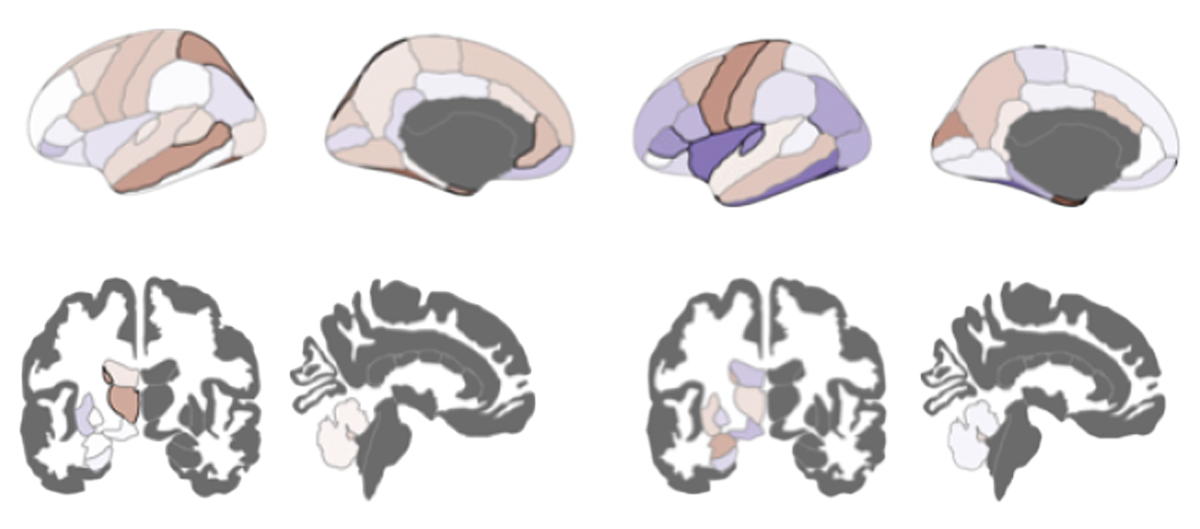
Side part: People with autism (left) or schizophrenia (right) display altered patterns of asymmetries between the brain’s hemispheres.
More autism research we spotted:
- “Developmental trajectories of adaptive functioning and behavior problems in children with co-occurring tuberous sclerosis complex and autism spectrum disorder, with and without seizures” Pediatric Neurology
- “A framework to infer de novo exonic variants when parental genotypes are missing enhances association studies of autism” bioRxiv
- “The neural bases of language processing during social and non-social contexts: A fNIRS study of autistic and neurotypical preschool-aged children” Molecular Autism
- “Charting structural brain asymmetry across the human lifespan” bioRxiv
- “Sex-related measurement bias in autism spectrum disorder symptoms in the Baby Siblings Research consortium” JAMA Network Open
See also: “How scientists can counteract their unwitting contributions to autism’s sex bias” - “Impaired spatiotemporal encoding of social behavior and anxiety in the prefrontal cortex of mice lacking ASD-risk gene SHANK3” bioRxiv
- “Exclusive: Medical journal rejects Kennedy’s call for retraction of vaccine study” Reuters
tags:
Recommended reading

New organoid atlas unveils four neurodevelopmental signatures
By
Diana Kwon
17 December 2025 | 4 min read
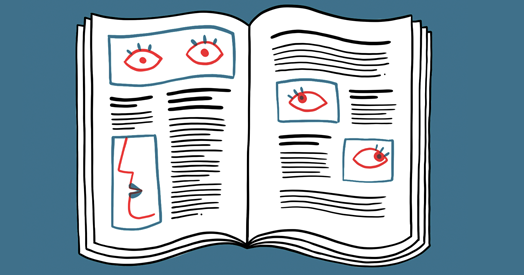
Glutamate receptors, mRNA transcripts and SYNGAP1; and more
By
Jill Adams
16 December 2025 | 2 min read
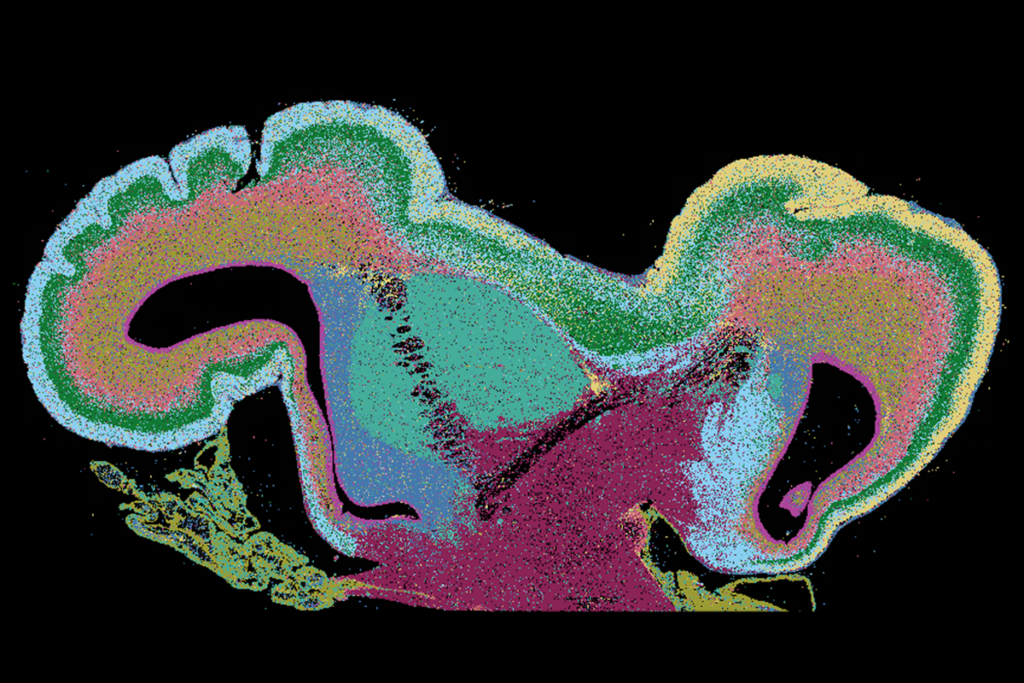
Among brain changes studied in autism, spotlight shifts to subcortex
By
Holly Barker
11 December 2025 | 5 min read
Explore more from The Transmitter
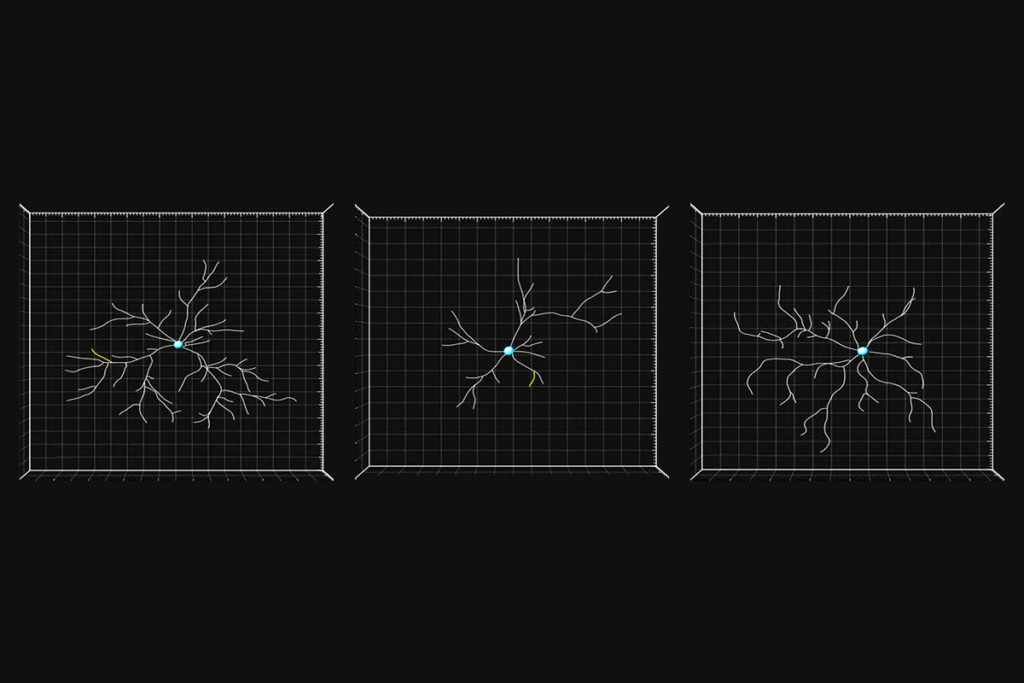
Probing the link between preterm birth and autism; and more
By
Jill Adams
29 July 2025 | 2 min read
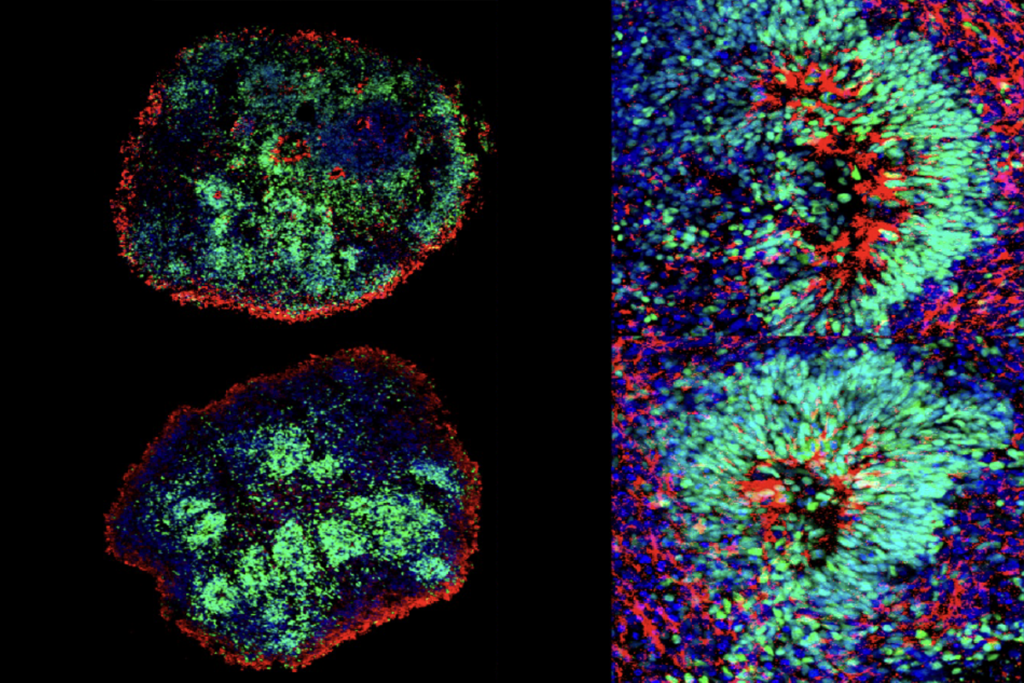
Altered visual processing in a mouse model of fragile X syndrome; and more
By
Jill Adams
17 June 2025 | 2 min read
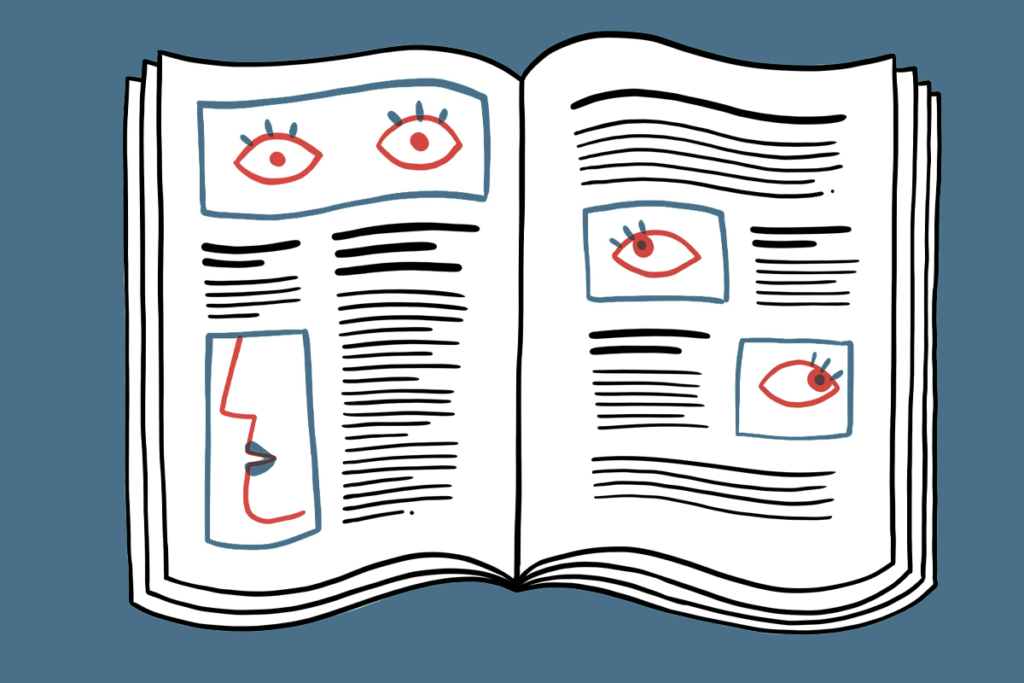
Convergent effects of autism-linked genes in zebrafish; and more
By
Jill Adams
10 June 2025 | 2 min read
Cite this article: